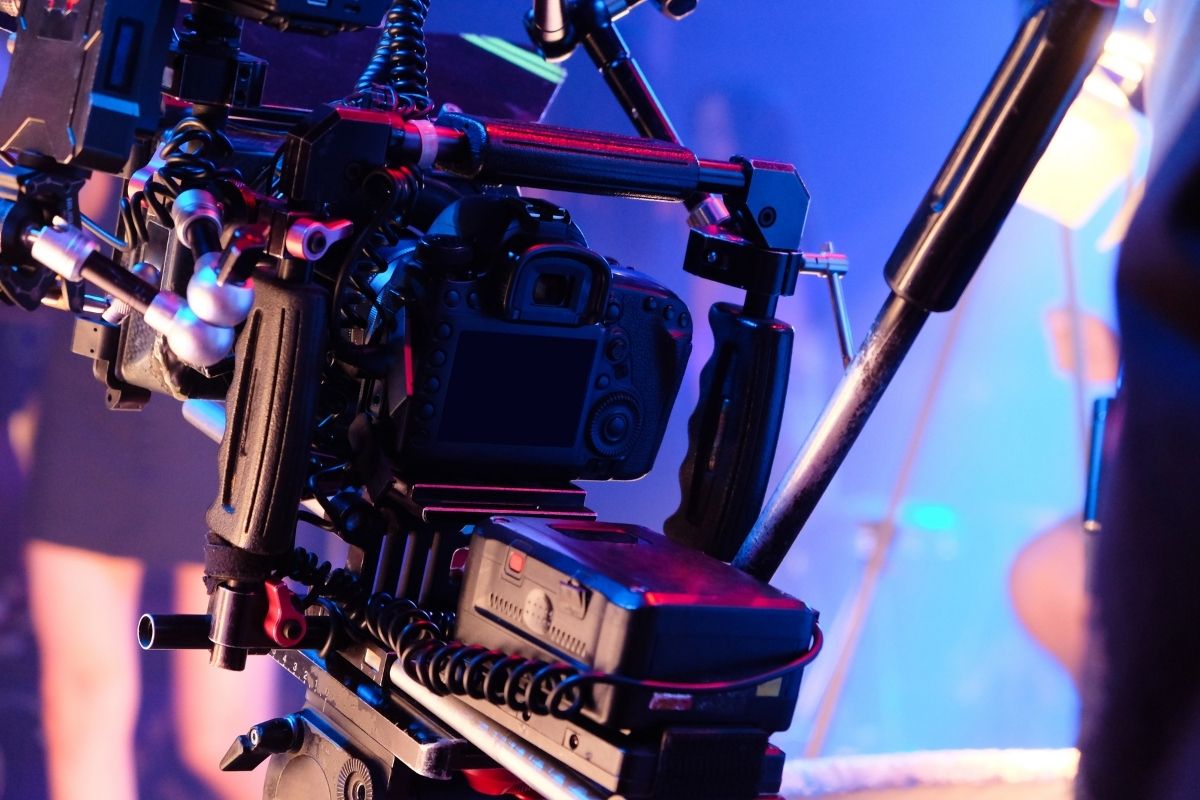The Story of Filmic Language: Film’s Technological Arc
Janet Grillo thinks that the relationship between visual storytelling art and technology is integral. The technology informs the art. The art informs the technology.
“Think for a minute about the evolution of movies,” says Janet. Back in the day, they used very big, clunky, huge cameras. You couldn’t move them very quickly. You couldn’t move them in the space. You had to position them in one spot and construct an environment to capture the imagery and the sound around it, explains Janet.
You would have created a soundstage. The environment, the lighting, and the sound could all be controlled. And you had this monstrous piece of equipment flat in the middle.
Janet says soundstages dictated the way that stories were told. You had very formal settings. You were basically moving from theater into film, so film was highly theatrical. The film tradition came from a spoken, executed tradition of the theater and the theater’s proscenium arch stage, in Janet’s view.
You can see that in the very stylized work of Alfred Hitchcock. He grew up in that system of studio filmmaking where it’s highly formal and very structured, Janet notes. And you can see it in how the actors are moving in and out of the frame and their movements are blocked. It’s almost like a stage play.
This is an excerpt from the Alfred Hitchcock film Vertigo (1958) which demonstrates Hitchcock’s theatrical style of filmmaking:
GALVIN ELSTER: I asked you to come up here Scottie, knowing that you’d quit detective work. But I wondered whether you would go back on the job as a special favor to me. I want you to follow my wife. No, it’s not that. We’re very happily married.
SCOTTIE FERGUSON: Well, then-
GALVIN ELSTER: I’m afraid some harm may come to her.
SCOTTIE FERGUSON: From whom?
GALVIN ELSTER: Someone dead.
[Please embed: https://unsplash.com/photos/tBlYM_VcIkE]


